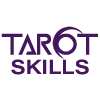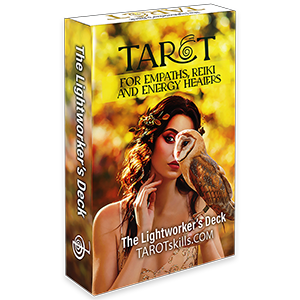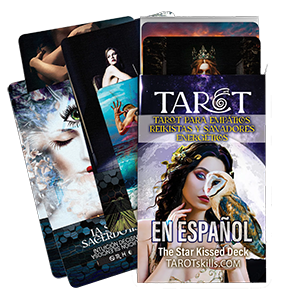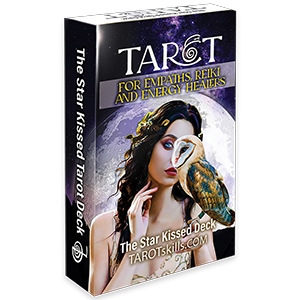Six of Swords
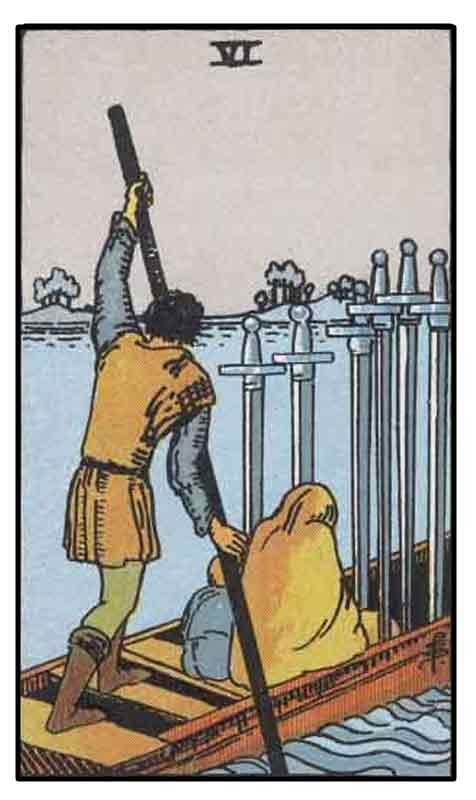

Six of Swords indicates someone might need help to make a change.
In a tarot reading, it is about the inquirer (querent), someone close to the inquirer, or a hidden aspect within the inquirer that needs to be acknowledged for the inquirer to reach their highest consciousness. The happiness the inquirer is seeking can be found by answering a question:
Why is it important to ask for help (or not)?
It is import to consider that this is a Minor Arcana card (pip card), which carries a message that signifies an event that impacts your immediate past and future. When it appears the universe wants you to focus on logic and making a clean break.
Six of Swords
Upright= Needed Change
Reversal=Reluctant Change
Element= Air (which influences intellect and strategy)
Yes or no=This card is it typically a yes
SEIS DE ESPADAS
VERTICAL= CAMBIO NECESARIO
INVERTIDA= CAMBIO REACIO
The signs are less important than the traits they represent because a person has sun, moon and rising signs, and one or more of these is often unknown to the tarot reader. The zodiac for this card relates to traits of versatility, diplomacy, and confidence. And, planetary concepts of strategy are seen with: MERCURY.
Note: These traditional tarot-astrology references are based on concepts commonly attributed to the secret society knows as the Hermetic Order of the Golden Dawn from the turn of the 20th century.
Six of Swords, like all cards, is part of a cycle of beginning, middle, and end. The stage of this event is Fixed (Middle), and may be related to January/February and the energy of Winter.
As with all 6s in the Tarot, this card indicates a time to balance the good with the bad. This card carries the energetic influence of 6. Watch for repeating numbers of 6 after the reading for confirmation of their importance in the reading.
The cards refer to identified traits and energies that balance each other out as opposite but interconnected forces. Some cards are grammatically gendered or depict age. This does not refer to actual biological gender or physical years. Masculine and feminine traits, and levels of maturity, exist in all of us.
Tarot Decks
The image above shows two different decks. The original Rider–Waite tarot deck for tarot card reading, also known as the Waite–Smith, or Rider–Waite–Smith, or Rider tarot deck is the most popular version of cards used today. Illustrated by Pamela Colman Smith, based on the instructions of academic and mystic A. E. Waite, the cards were originally published by the Rider Company in 1909. This deck has long been the gold-standard for learning tarot.
The Lightworker’s Tarot Deck, also shown here, is a beginner deck that uses many of the symbols and colors used in the Rider–Waite deck but also provides modern imagery designed for a rapid sensory-intuition response by today’s new generation of readers. A reader should select a deck based on what feels right for them.
